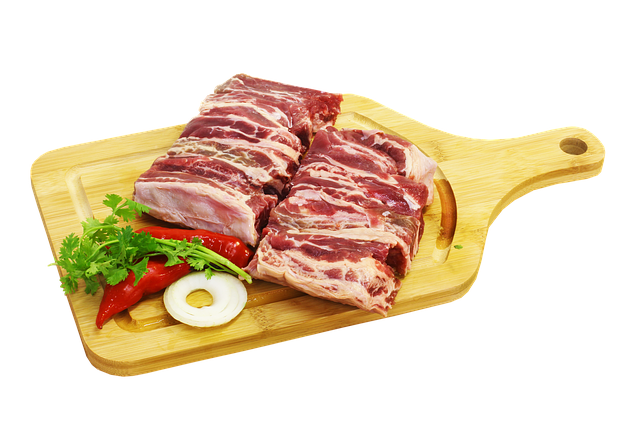
The Perfect Internal Temperature for Brisket
When it comes to cooking brisket, achieving the right internal temperature can be the difference between a tender, juicy masterpiece and a dry, chewy disappointment. Whether you're a seasoned pitmaster or a backyard barbecue enthusiast, understanding the nuances of brisket cooking temperatures is essential for that perfect bite. So, let’s dive into the world of brisket and explore the best internal temperatures for cooking this beloved cut of meat! 🍖
Understanding Brisket Cuts
Before we get into the nitty-gritty of temperatures, it’s helpful to know a bit about brisket itself. Brisket comes from the breast of the cow and is known for its rich flavor and tough texture. This cut is typically divided into two parts: the flat and the point. The flat is leaner and more uniform, while the point is fattier and often more flavorful. Both parts require careful cooking to break down the tough connective tissues and render the fat, ultimately leading to that melt-in-your-mouth experience.
What is the Ideal Internal Temperature?
Now, onto the big question: what’s the ideal internal temperature for brisket? The answer can vary depending on your desired outcome:
- Safe to Eat: The USDA recommends an internal temperature of 145°F (63°C) for safety. However, brisket is best enjoyed at higher temperatures.
- Tender and Juicy: Many pitmasters suggest cooking brisket to an internal temperature of around 195°F (90°C) to 205°F (96°C). At this range, the collagen breaks down beautifully, resulting in a tender texture.
- Personal Preference: Some cooks prefer to pull their brisket at about 200°F (93°C) for the perfect balance of tenderness and moisture.
Ultimately, the best temperature can depend on your personal preference and the specific cooking method you’re using. Remember, the goal is to achieve that lovely tenderness while keeping the meat juicy!
How to Check the Temperature
Using a reliable meat thermometer is key to getting your brisket just right. Insert the probe into the thickest part of the meat, avoiding any bones or fat, to get an accurate reading. A good rule of thumb is that when the probe slides in with little resistance, your brisket is ready to come off the heat. This is often referred to as the “probe test.” 🔍
Avoiding Overcooking
While it may be tempting to keep cooking until you hit that sweet spot, be cautious! Cooking brisket beyond 205°F can lead to overdone meat that falls apart too easily. It’s a fine line between perfectly tender and mushy, so keeping a close eye on the temperature is essential.
Resting Your Brisket
Once your brisket has reached the desired internal temperature, it’s crucial to let it rest. This allows the juices to redistribute throughout the meat, enhancing flavor and moisture. A resting period of at least 30 minutes is recommended, but if you can wait an hour, even better!
Conclusion
In summary, the journey to the perfect brisket is all about understanding temperatures and techniques. Whether you prefer to pull it at 195°F or 205°F, the key is to keep experimenting and find what works best for your taste buds. So fire up that grill, and happy cooking! 🌟

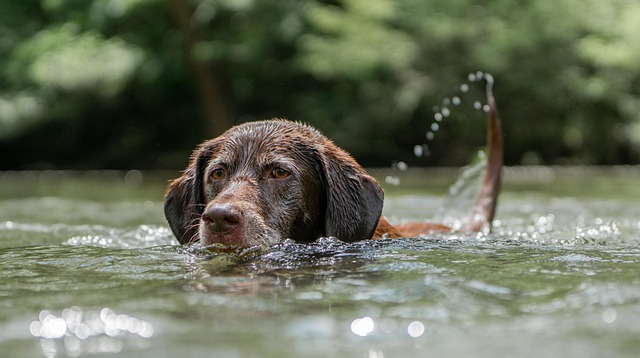

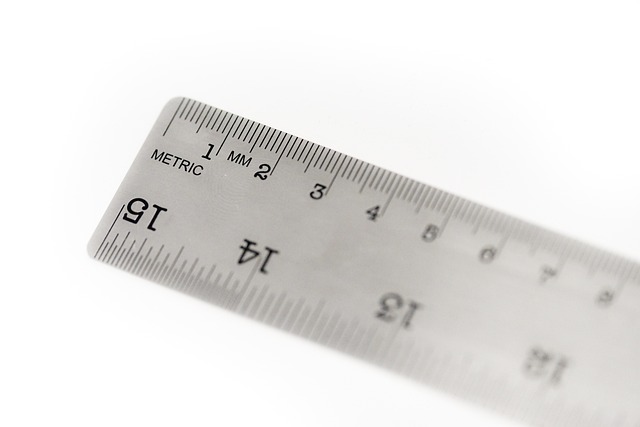
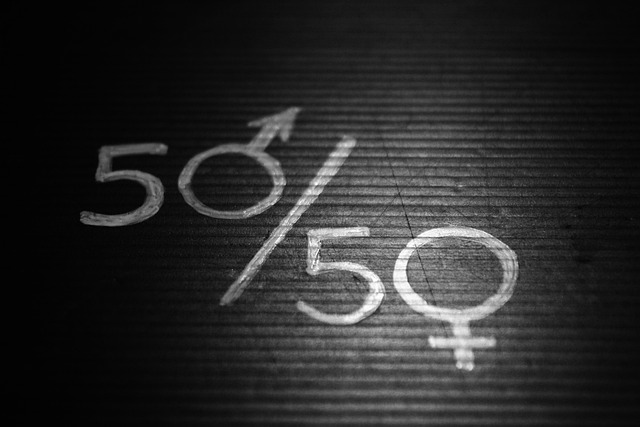
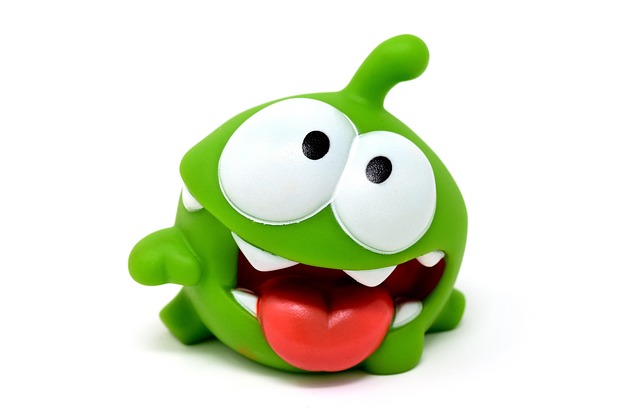
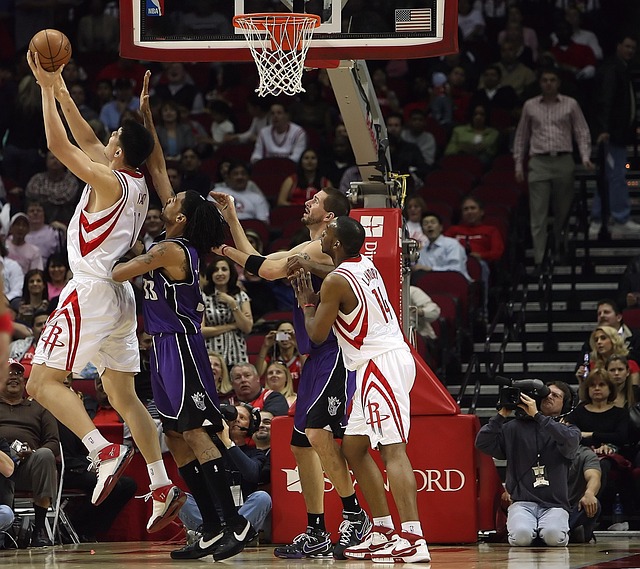


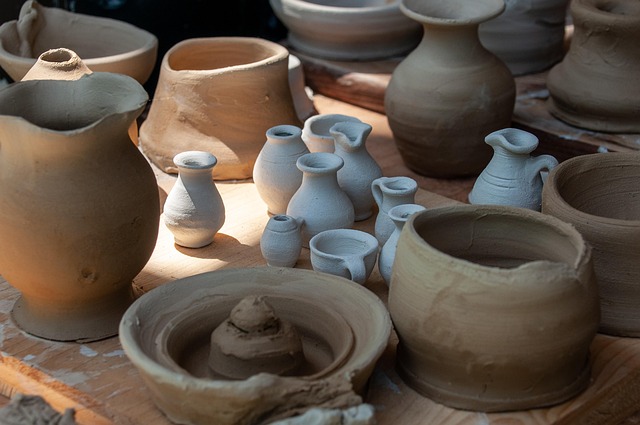


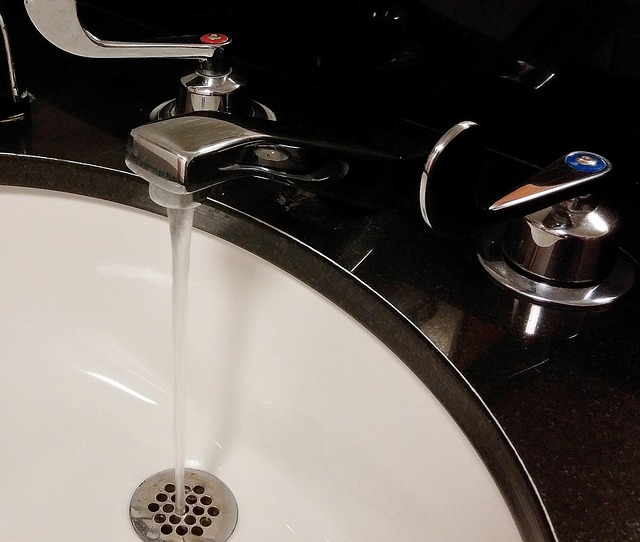
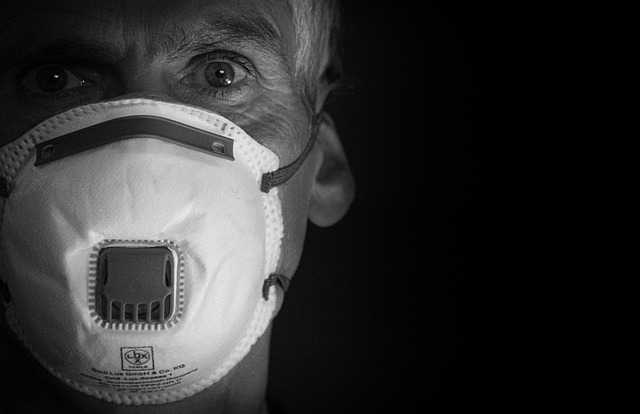
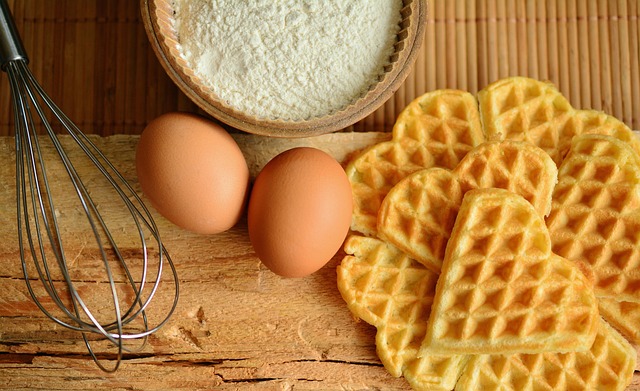
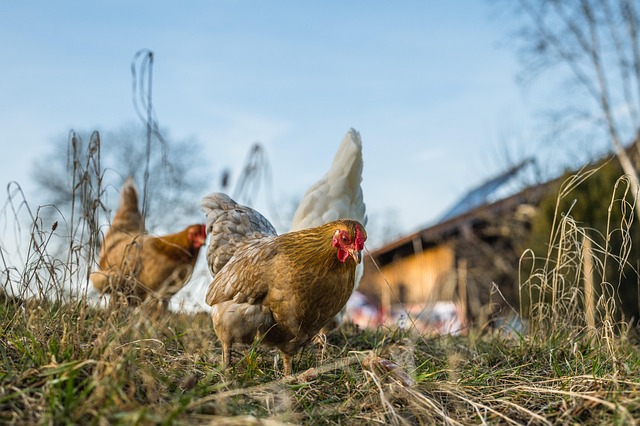

 Why Consider a Plant-Based Nutrition Course?
Why Consider a Plant-Based Nutrition Course? 
 Health
Health  Fitness
Fitness  Lifestyle
Lifestyle  Tech
Tech  Travel
Travel  Food
Food  Education
Education  Parenting
Parenting  Career & Work
Career & Work  Hobbies
Hobbies  Wellness
Wellness  Beauty
Beauty  Cars
Cars  Art
Art  Science
Science  Culture
Culture  Books
Books  Music
Music  Movies
Movies  Gaming
Gaming  Sports
Sports  Nature
Nature  Home & Garden
Home & Garden  Business & Finance
Business & Finance  Relationships
Relationships  Pets
Pets  Shopping
Shopping  Mindset & Inspiration
Mindset & Inspiration  Environment
Environment  Gadgets
Gadgets  Politics
Politics 